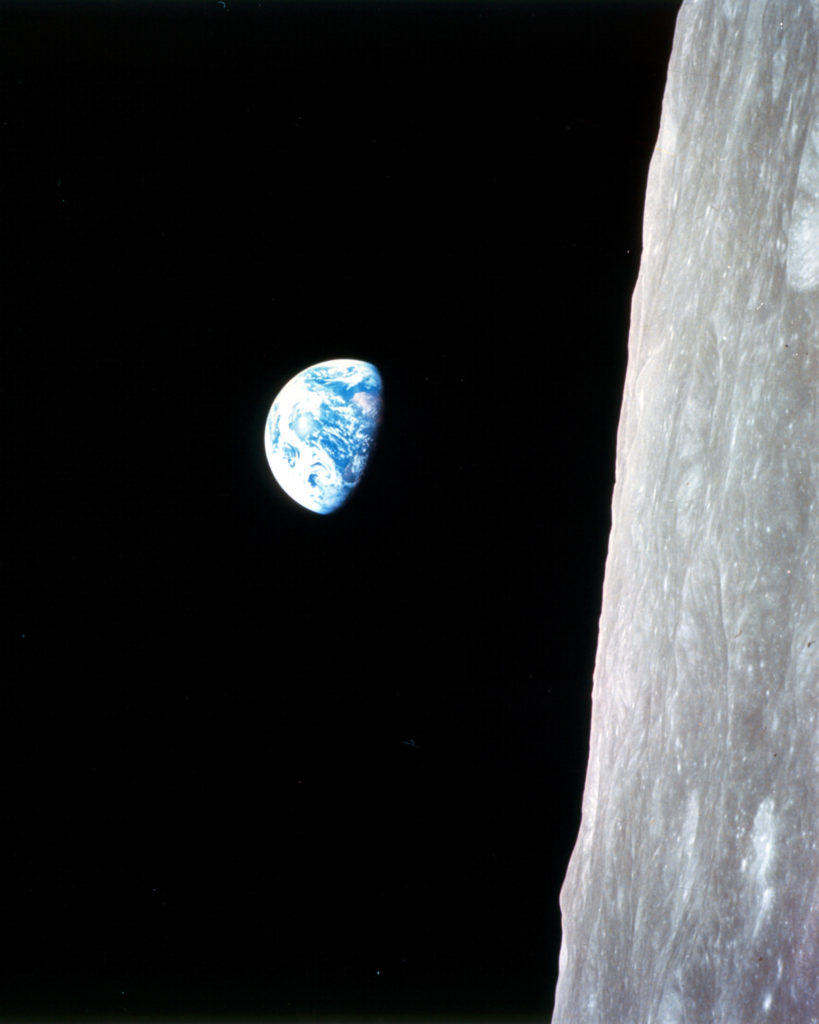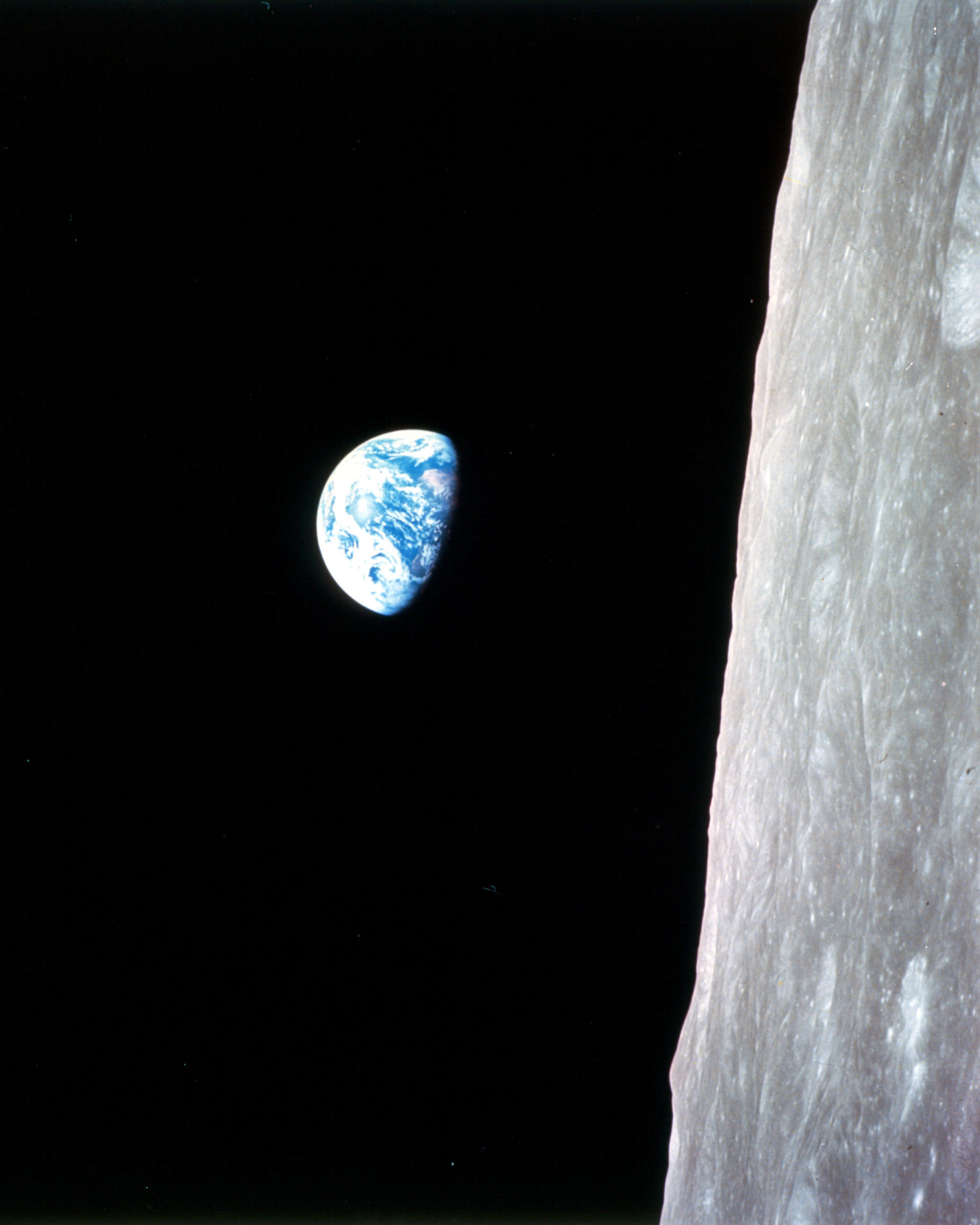Open Science
ORCID provides persistent identifiers for researchers, with many benefits for example towards the attribution of published research output. It is exciting to see 10 research funders committing to the use of ORCIDs.
Who doesn’t love data citations? Here’s “Making Magic Happen: Implementing and Contributing Data Citations in Support of Today’s Scholarship” – a call for action by Brooks Hanson (American Geophysical Union), Daniella Lowenberg (California Digital Library), Patricia Cruse and Helena Cousijn (both DataCite).
In the US, Congress has passed the Foundations for Evidence-Based Policymaking Act, which requires data made available by federal agencies to be published as open, machine-readable data. There is a potential huge impact here – the introduction of free public access to Landsat satellite data has led to a $2 Billion economic benefit.
In Europe, the European Science Cloud (ESOC) has launched. In their words, “The EOSC will offer 1.7 million European researchers and 70 million professionals in science, technology, the humanities and social sciences a virtual environment with open and seamless services for storage, management, analysis and re-use of research data, across borders and scientific disciplines[…]”
David Mellor has a useful twitter thread with practical tips for researchers towards increasing transparency in research.
If you are in the area, protocols.io are running a reproducibility workshop on January 22 in Berkeley, CA.
OpenCon Cascadia is taking place in Portland, OR on February 1st and 2nd.
Publishing
The University of California is re-negotiating its systemwide licenses with Elsevier, “to provide additional open access options for UC authors.” Meanwhile, the Max-Planck Society and the Hungarian Consortium have announced that they are discontinuing their deals with the publisher.
In other news, Elsevier has acquired Science-Metrix Inc., a research evaluation firm. This appears in line with their broader strategic direction, as at least in the press release the company self-describes itself as “Elsevier, the information analytics business specializing in science and health.”
An interview with Paul Peters, CEO of Hindawi, on “what it’s like to be an OA Publisher.”
Research
A little older, but the questions remain very valid: Ed Yong on “The CRISPR Baby Scandal Gets Worse by the Day.” The lead researcher, He Jiankui, was included in Nature‘s 2018 “10” list, perhaps a controversial choice. Here is an attempt to provide more of a background into He’s upbringing and career.
The Vertebrate Genome Project has recently released its first reference genomes – which unlike the many “draft” genomes we’ve seen published, aim to provide a near-error free standard. Nature Biotechnology has commented on this here.
Superconductivity near the freezing temperature of water has been claimed for the first time, to be published in Physical Review Letters. Preprint here. These compounds are based on hydrogen-containing materials synthesized at high pressures.
The Washington Post has documented how the US government shutdown affects scientific research. The New York Times has an update if the shutdown continues.
It was a good week for space exploration. The space probe New Horizon has accomplished a successful fly-by of 2014 MU69. (why we shouldn’t use the widely used nickname for this object). In addition, the Chinese probe Chang’e 4 made a successful landing on the far side of the Moon.
Other
Richard Poynder interviewed Peter Mandler, who in the interview makes the point that for the humanities CC-BY-ND licenses allowing no derivatives of the work are better than CC-BY, which does allow them. The field’s use of “persuasive or argumentative prose” creates problems if derivative works of those texts are allowed. That’s a valid concern, although it seems that even for CC-BY licenses authors still retain potentially relevant rights, such as moral rights, as is also mentioned in the notices section on the CC-BY licenses page. Those may limit the problematic use cases mentioned, but seems worth exploring further.
Elisabeth Bik was interviewed by the Everything Hertz podcast about “the detection of problematic images in scientific papers, the state of microbiome research, and making the jump from academia to industry.”
Last but certainly not least, I like to acknowledge newsletters such as CODATA’s DRR and Open Data newsletter, the rOpenSci newsletter, and Benedict Evans and his blog and newsletter about the tech industry, which all have been an inspiration for this project. Check them out!

This iconic photo of the Earth rising above the Moon was taken by William Anders on the Apollo 8 mission, 50 years ago, on December 24, 1968.
Credit: NASA. Like others from NASA, the photo is in the public domain without copyright protections.
